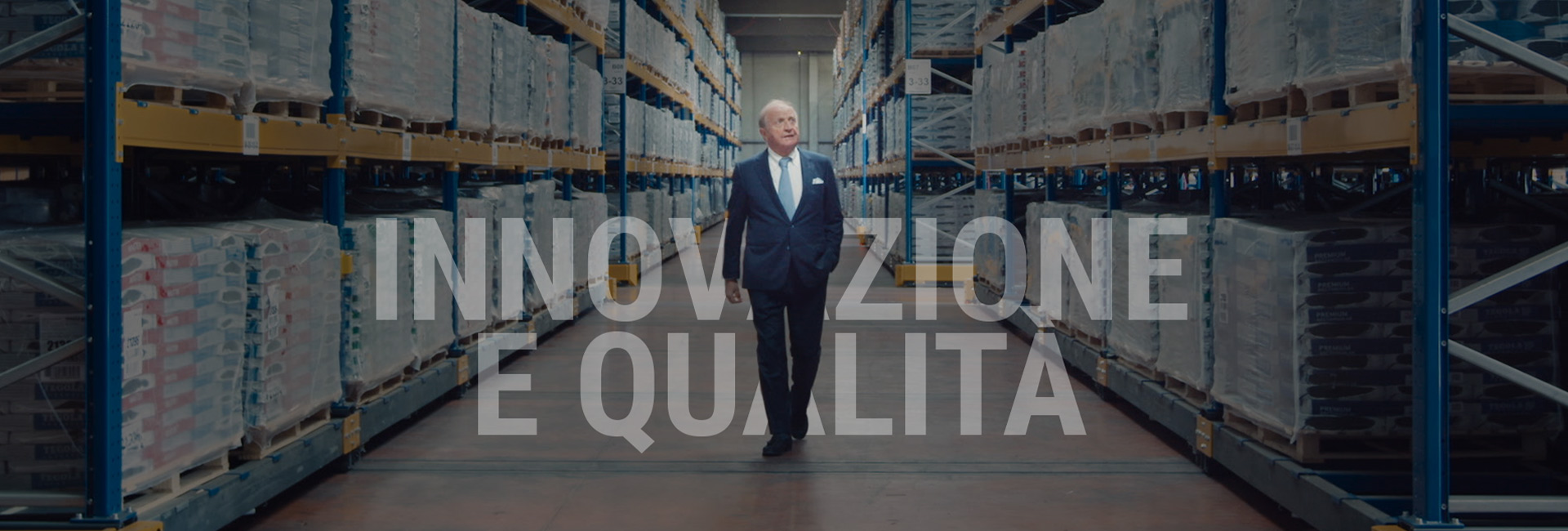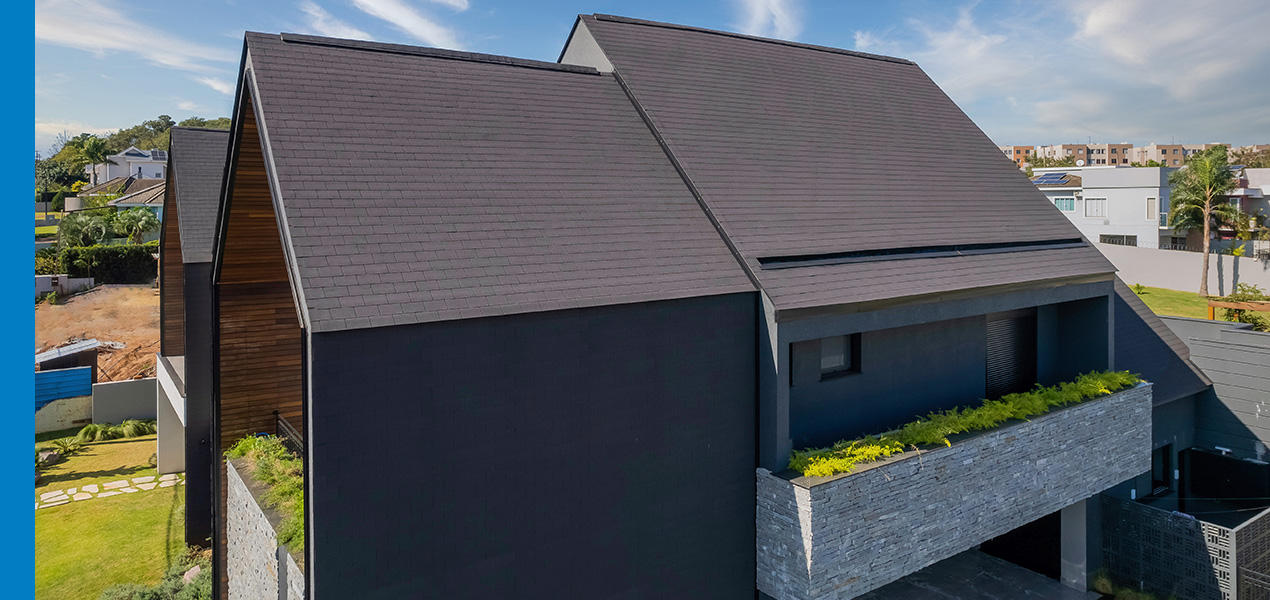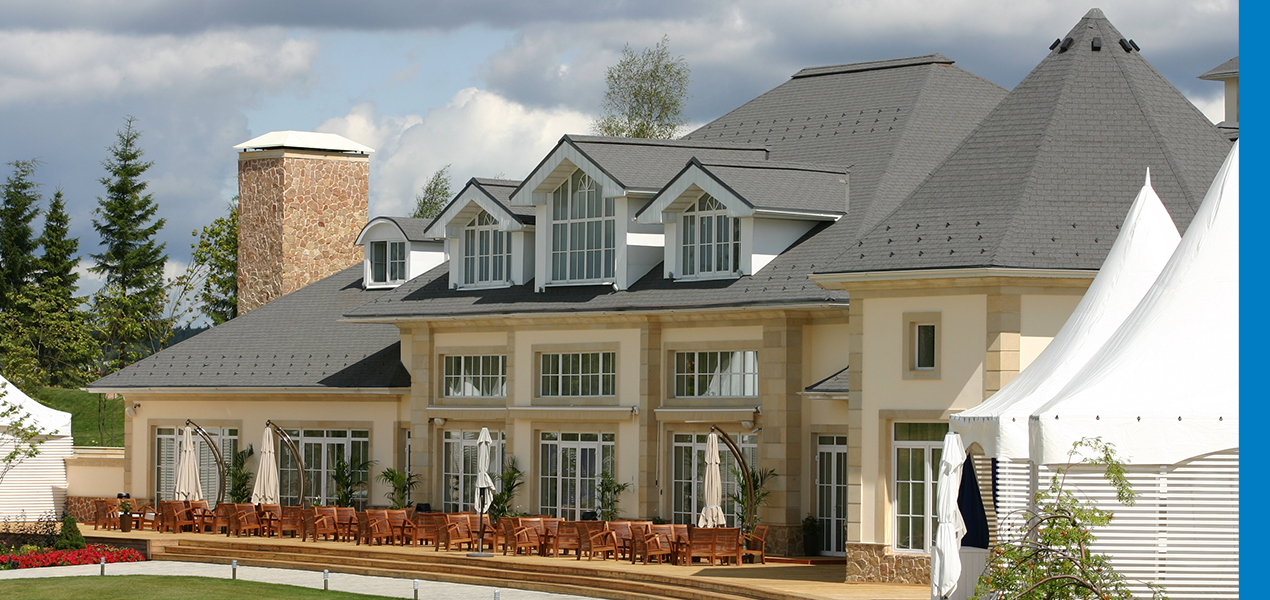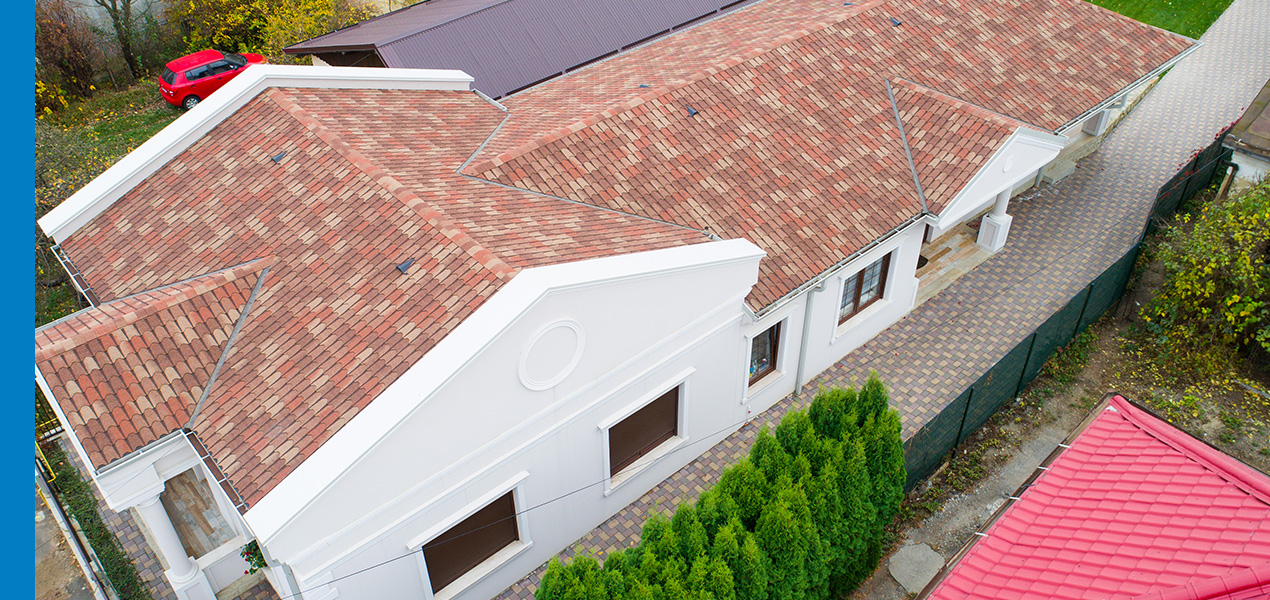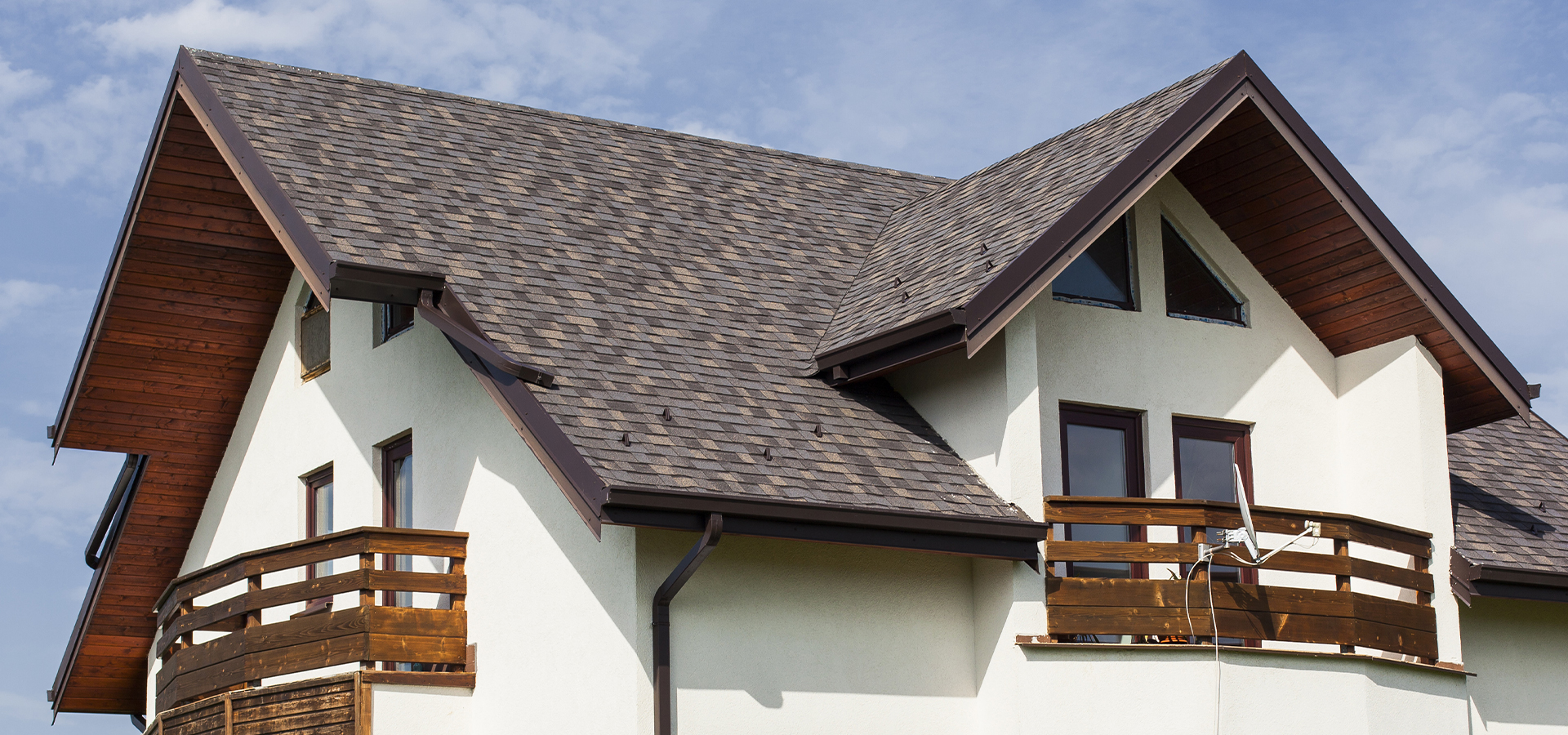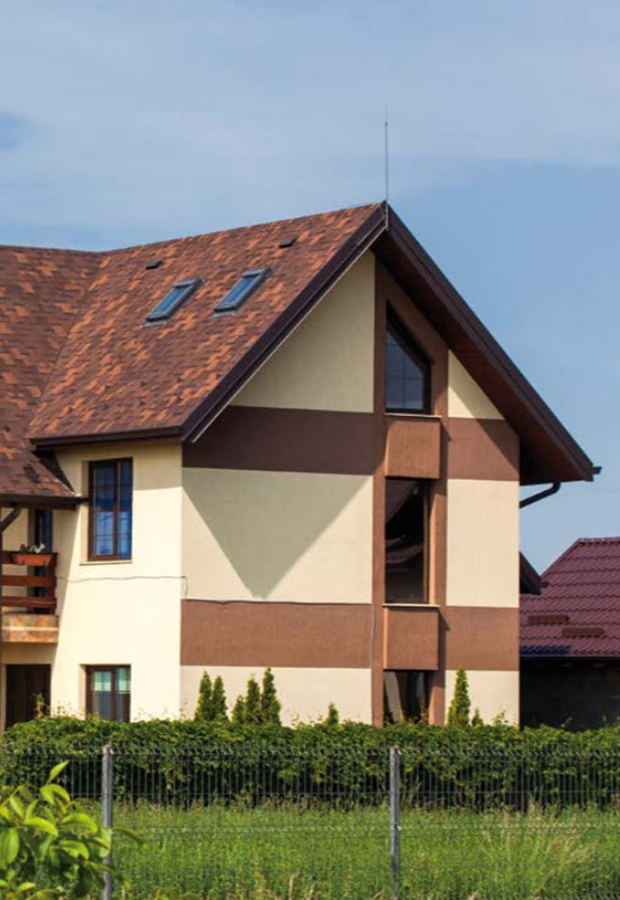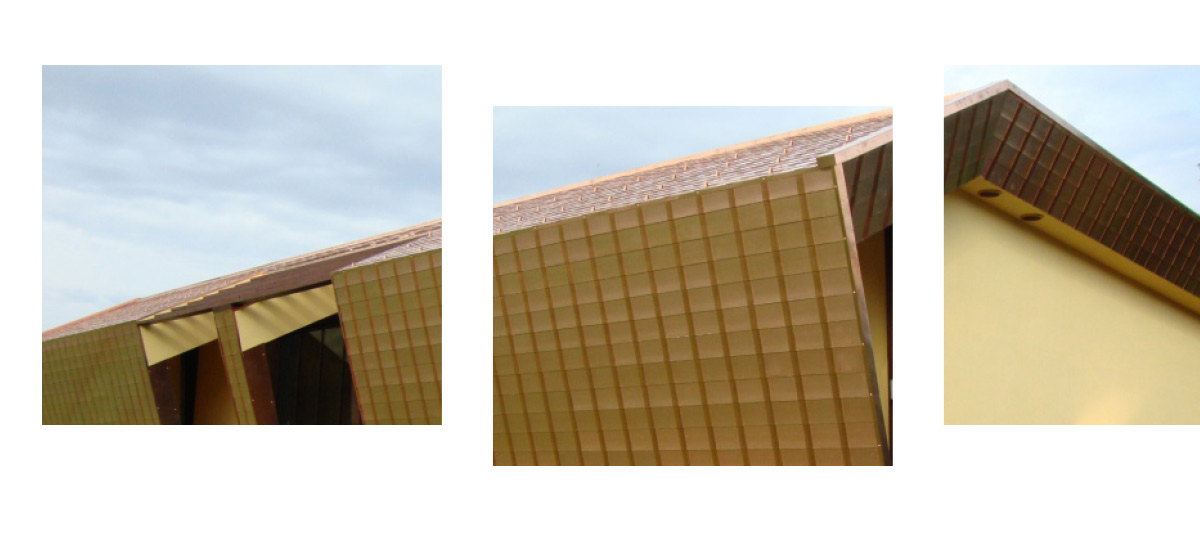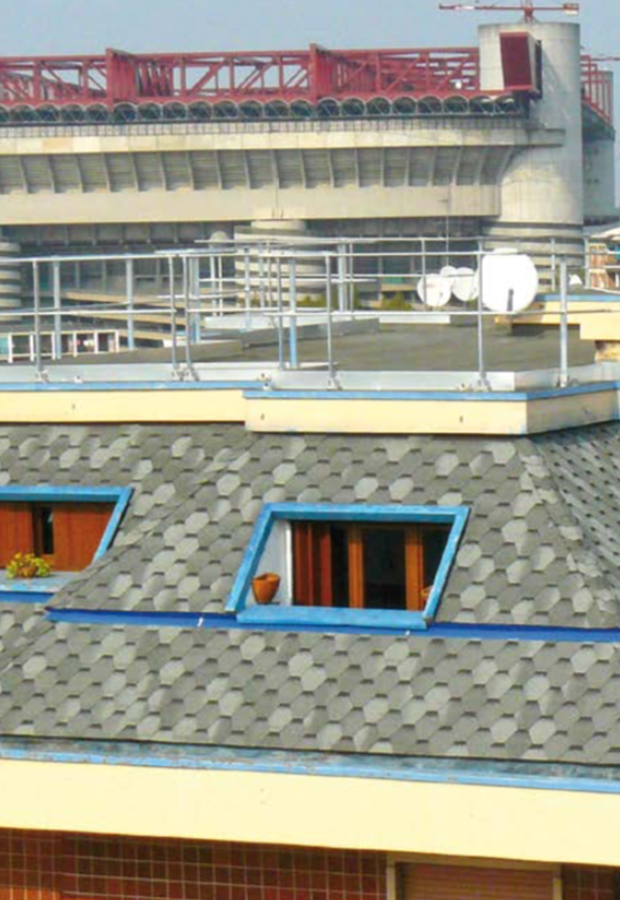
What are asphalt shingles?
The roof covering can be made with different elements and one of the most effective and advantageous is asphalt shingle roofing. This solution has very particular characteristics that make it competitive with types of roofs that are very common in Italy, such as pantiles, Portuguese tiles, Marseille tiles and concrete tiles.

